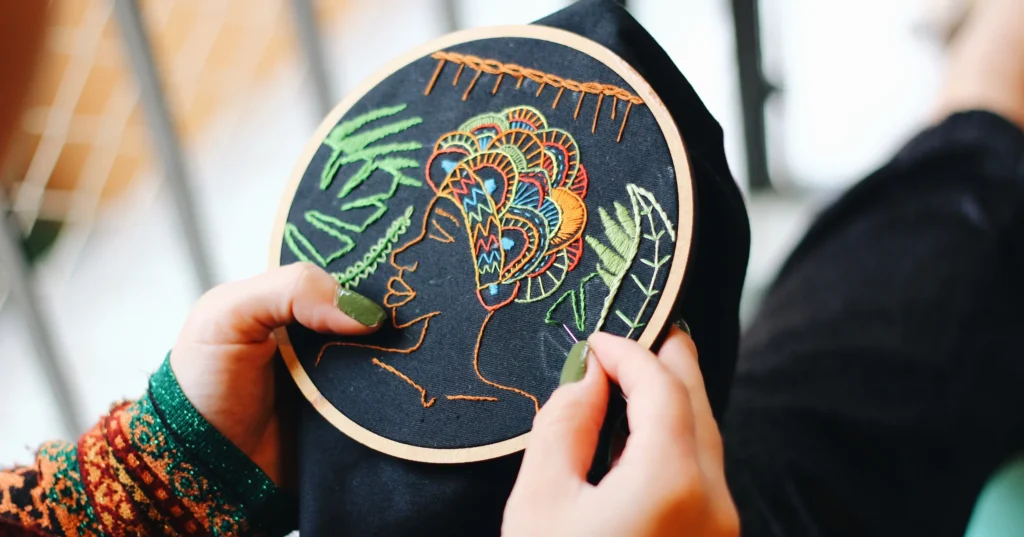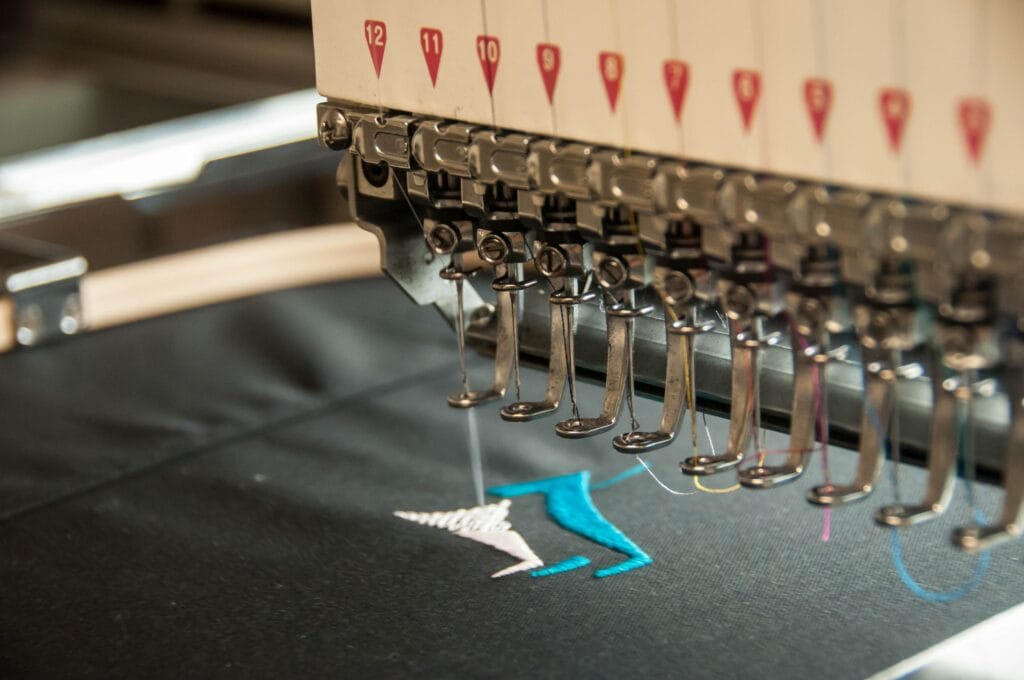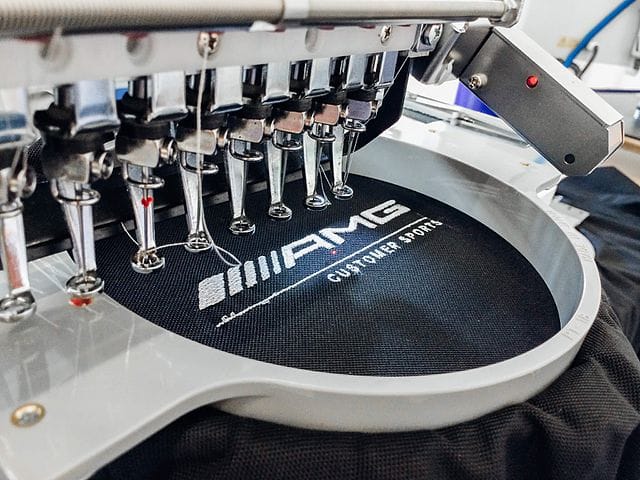Embroidery digitizing is the process of converting artwork into a digital format that can be read by embroidery machines. This crucial step allows for intricate designs to be stitched onto fabric with precision and quality. With a variety of software options available, selecting the right one can be a daunting task. In this article, we’ll explore the top software for embroidery digitizing, comparing features, usability, and pricing, to help you determine which one is best suited for your needs.
Understanding Embroidery Digitizing Software
Before diving into specific software options, it’s essential to understand what embroidery digitizing software does. At its core, this software converts images into a format that embroidery machines can interpret. This includes defining stitch types, colors, and the path the needle will take. Digital embroidery files come in various formats, such as DST, PES, and EXP, which are specific to different machine brands.
Key Features to Look For
When evaluating embroidery digitizing software, consider the following features:
- User Interface: A clean and intuitive interface can significantly enhance your workflow.
- Editing Tools: Look for robust editing options that allow you to manipulate designs easily.
- Stitch Types: The ability to choose from various stitch types (e.g., satin, fill, running) is crucial for creative flexibility.
- Support and Resources: Good customer support and access to tutorials can help you get the most out of the software.
- File Format Compatibility: Ensure the software can import and export various file formats compatible with your embroidery machine.

Top Software Options for Embroidery Digitizing
1. Wilcom Embroidery Studio
Overview: Wilcom is one of the most recognized names in embroidery software. Known for its powerful features and professional-grade capabilities, Wilcom Embroidery Studio is ideal for both beginners and experienced digitizers.
Key Features:
- Advanced digitizing tools for complex designs.
- Automatic and manual digitizing options.
- Extensive library of stock designs and fonts.
- User-friendly interface with customizable workspaces.
Pros:
- High-quality output with minimal stitching issues.
- Excellent customer support and extensive training resources.
- Compatible with many embroidery machine brands.
Cons:
- Higher price point compared to other software options.
- Requires a learning curve for beginners.
Best For Professionals and businesses looking for comprehensive features and robust performance.
2. Brother PE-Design
Overview: Brother PE-Design is specifically designed for Brother embroidery machines, making it an excellent choice for users of Brother products. It combines design and digitizing functionalities in a single package.
Key Features:
- User-friendly interface with drag-and-drop functionality.
- Text and shape editing tools.
- Capability to convert images into embroidery designs.
- Built-in design templates and clipart.
Pros:
- Seamless integration with Brother machines.
- Affordable pricing, especially for hobbyists.
- Good support and resources available online.
Cons:
- Limited to Brother embroidery machines.
- Fewer advanced features compared to competitors.
Best For: Hobbyists and small businesses using Brother machines.
3. Embird
Overview: Embird is a versatile embroidery software that offers a modular system, allowing users to purchase only the features they need. This flexibility makes it a popular choice among digitizers.
Key Features:
- Core module and additional plugins for expanded functionality.
- Comprehensive editing and digitizing tools.
- Ability to convert raster images to vector designs.
- Supports a wide range of file formats.
Pros:
- Cost-effective due to its modular approach.
- Strong community support and user forums.
- Regular updates and feature enhancements.
Cons:
- Interface may be less intuitive for beginners.
- Some advanced features require additional purchases.
Best For: Users seeking a customizable solution tailored to their specific needs.
4. SewArt
Overview: SewArt is an affordable software option that focuses on converting images to embroidery files. It’s particularly useful for beginners looking to get started with digitizing without a significant investment.
Key Features:
- Image conversion capabilities for various formats.
- Simple user interface with basic editing tools.
- Supports a range of embroidery file formats.
Pros:
- Affordable pricing makes it accessible for hobbyists.
- Easy to learn and use for beginners.
- Quick image conversion process.
Cons:
- Limited advanced features for professional digitizers.
- Editing tools may not be as robust as higher-end software.
Best For: Beginners and hobbyists looking for a budget-friendly option.
5. Janome Digitizer
Overview: Janome Digitizer is designed specifically for Janome embroidery machines. It combines powerful digitizing features with user-friendly tools, making it suitable for both beginners and experienced users.
Key Features:
- Comprehensive design editing tools.
- Ability to import various image formats.
- Built-in design templates and fonts.
- 3D realistic preview of designs.
Pros:
- Seamless integration with Janome machines.
- Good balance of features and usability.
- Strong support community.
Cons:
- Primarily limited to Janome users.
- May lack some advanced features found in higher-end software.
Best For: Janome machine owners seeking a dedicated digitizing solution.
6. CorelDRAW with Wilcom DecoStudio
Overview: For those looking for a powerful design and digitizing combination, CorelDRAW paired with Wilcom DecoStudio offers advanced capabilities that cater to both graphic design and embroidery digitizing.
Key Features:
- Vector graphic design tools integrated with embroidery digitizing features.
- Extensive editing capabilities for both images and embroidery designs.
- Supports various file formats for import and export.
Pros:
- Ideal for users who need robust graphic design tools along with digitizing.
- High-quality output suitable for professional applications.
- Strong community and online resources.
Cons:
- Higher cost due to the combined software package.
- Steeper learning curve for beginners.
Best For: Graphic designers who want to incorporate embroidery digitizing into their skill set.

7. TruEmbroidery
Overview: TruEmbroidery is specifically designed for Mac users, offering a range of tools for embroidery digitizing and editing. It’s ideal for those who prefer working on Apple devices.
Key Features:
- User-friendly interface tailored for Mac users.
- Comprehensive digitizing and editing tools.
- Supports various embroidery file formats.
Pros:
- Great choice for Mac users needing embroidery software.
- Easy to learn and navigate.
- Good quality output for home projects and small businesses.
Cons:
- Limited to Mac operating systems.
- May lack some features found in Windows-based software.
Best For: Mac users looking for a dedicated embroidery digitizing solution.
Factors to Consider When Choosing Software
When it comes to selecting the right embroidery digitizing software, consider the following factors:
1. Compatibility with Your Machine
Ensure that the software you choose is compatible with your embroidery machine. Some software is designed specifically for certain brands, so verify this before making a purchase.
2. Skill Level
Your experience with digitizing will significantly influence your choice. Beginners may prefer user-friendly software with straightforward features, while advanced users may seek robust tools and customization options.
3. Budget
Embroidery digitizing software can vary widely in price. Determine your budget and consider what features are essential for your needs. Remember that some software offers trial versions, allowing you to test before committing.
4. Specific Features
Identify specific features you require, such as image conversion, extensive editing options, or built-in design libraries. Make a list of must-have features to guide your decision.
5. Support and Resources
Good customer support can make a significant difference, especially if you encounter issues. Look for software that offers tutorials, forums, and responsive customer service.
Conclusion
Choosing the right software for embroidery digitizing is crucial for achieving high-quality results and enhancing your creative capabilities. Whether you’re a hobbyist, a small business owner, or a professional digitizer, there’s a software solution that fits your needs. From the powerful features of Wilcom Embroidery Studio to the user-friendly interface of SewArt, each option offers unique advantages.
Take the time to evaluate your requirements, consider your budget, and explore trial versions to find the perfect match for your embroidery projects. With the right software, you can unlock your creative potential and produce stunning embroidered designs that stand out. Happy digitizing!

